The Power of People: Expert IT Staffing Strategies to Elevate Government Performance and Innovation
Information technology (IT) is crucial to the functioning of modern governments, helping to streamline processes, enhance communication, and drive innovation. As a result, effective IT staffing strategies are essential for optimizing government performance. In this article, we’ll examine the main factors influencing IT staffing in government organizations, analyze the tradeoffs involved in balancing these factors, and explore the difficulties associated with different approaches. We’ll also emphasize the importance of considering the impact when deciding on IT staffing strategies for government organizations.
Main Factors Influencing Government IT Staffing
1. Budget constraints: Government organizations often face limited budgets, which can make it challenging to attract and retain top IT talent. To maximize the impact of their IT staff, governments must strike a balance between hiring experienced professionals and training in-house staff.
2. Security concerns: Government organizations handle sensitive information, making data security a top priority. IT staffing strategies must consider the need for employees with expertise in cybersecurity, as well as those who can create and maintain secure systems.
3. Evolving technology: As technology advances rapidly, governments must ensure that their IT staff are equipped with the necessary skills to keep up with these changes. This may involve continuous training and development programs or the recruitment of specialists in emerging technologies.
4. Integration of legacy systems: Many government organizations rely on outdated IT systems that need to be modernized. IT staffing strategies must include professionals with the expertise to upgrade and integrate these legacy systems, ensuring continuity and efficiency in government processes.
Balancing Tradeoffs
Governments must weigh the costs and benefits of various IT staffing approaches to find the optimal strategy. Some possible approaches include:
1. Outsourcing: This option involves contracting external vendors to handle IT functions, which can provide cost savings and access to specialized expertise. However, outsourcing can also lead to a loss of control over IT functions, potential security risks, and possible communication challenges between internal and external teams.
2. Insourcing: By hiring and training IT professionals in-house, governments can maintain control over their IT functions and foster a deeper understanding of their organization’s specific needs. However, this approach can be more expensive and time-consuming than outsourcing.
3. Hybrid approach: A hybrid IT staffing strategy combines elements of both insourcing and outsourcing. This approach can provide governments with the flexibility to capitalize on the strengths of each strategy while minimizing their weaknesses.
Difficulties in Implementing IT Staffing Strategies
1. Talent shortage: The demand for skilled IT professionals often outpaces the supply, making it challenging for governments to find and attract the right talent.
2. Bureaucracy: Government organizations can be slow to adapt and implement new staffing strategies due to bureaucratic processes and resistance to change.
3. Balancing priorities: Governments must balance competing priorities, such as cost savings, security, and innovation, when determining their IT staffing strategies.
Conclusion
Effective IT staffing strategies are vital for government organizations looking to enhance performance and drive innovation. By carefully considering the factors that influence IT staffing and weighing the tradeoffs associated with different approaches, governments can create a workforce that meets their unique needs and optimizes the impact of their IT investment. Ultimately, the power of people can be harnessed to elevate government performance and foster innovation for the benefit of all citizens.

